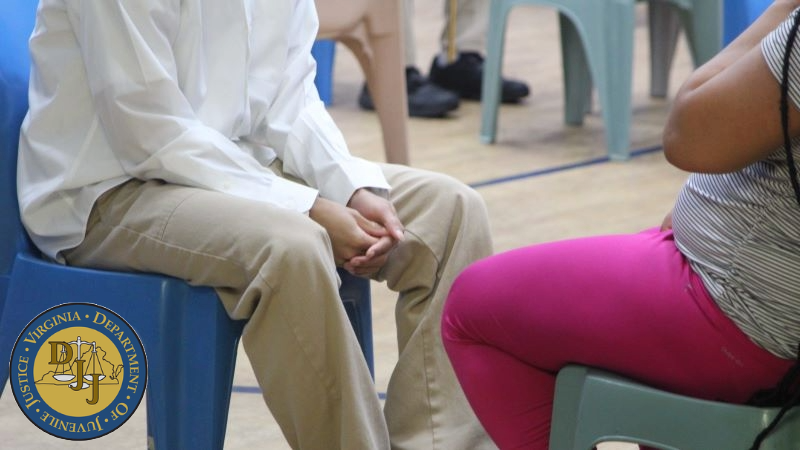
APRIL 29, 2025
The Virginia Department of Juvenile (DJJ) is pleased to announce a 17% increase in family visitation rates for youth committed to its care in 2024 compared to the same period the year before. The increase was shown among all in-person visitation data markers. There were 47 in-person visitation days with more than 2,000 visits, and 29 video and phone visitation days. In-person visits occurred every month in 2024. The average visitation per youth increased by 7%.
The department has prioritized family interactions over the past several years. To bolster this, the agency’s Reentry Unit worked to increase access to free bus service to the facility by adding pickup locations. This opened transportation options to more families around the state. The focus on family interactions, increasing transportation access and other staffing supports are believed to have contributed to the increase in family visitation. DJJ thanks the volunteers and staff who have been working extra hours to ensure visitation occurs.
A new Family Engagement Unit will increase communication and build relationships among families, youth and DJJ staff. It’s important to collaborate with families to set goals that address each youth’s interests, strengths and needs.
The agency’s goal is to create a structured support system for youth, families and the department. Seeking partnerships with families, encouraging regular communication, and participation in treatment services and reentry planning can provide additional reinforcement for youth and their families.
Research indicates that a youth’s family plays a vital role in identifying their needs and barriers, motivating change and reintegration into the community, and reducing recidivism. When parole officers, therapists and counselors collaborate with youth and families, DJJ has an opportunity to identify responsivity issues to decrease the likelihood of noncompliance or reoffending.
DJJ continues to explore ways to help youth and families make valuable connections and meaningful interactions, which, in the end, will help keep young people, their families and communities safe.